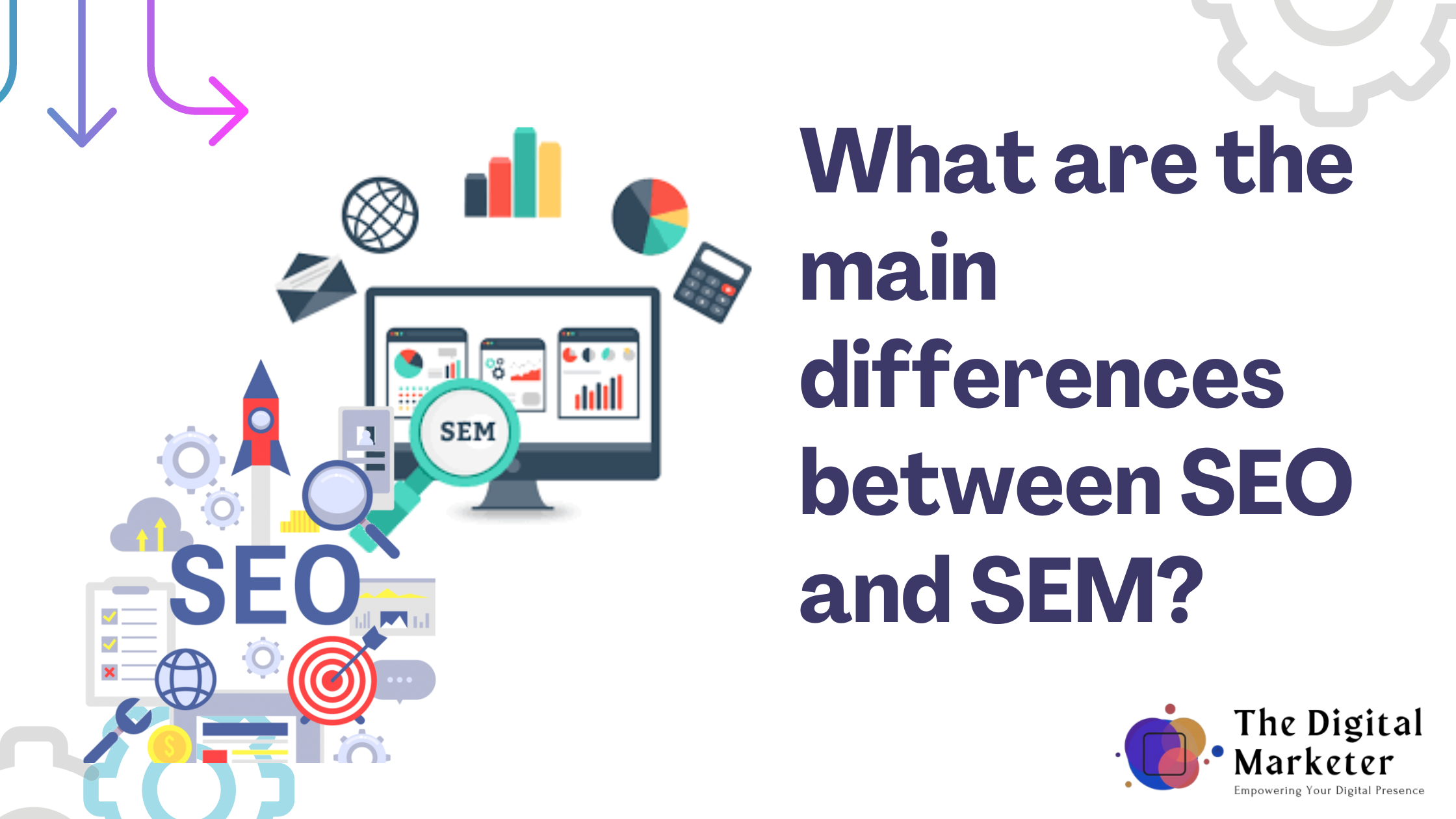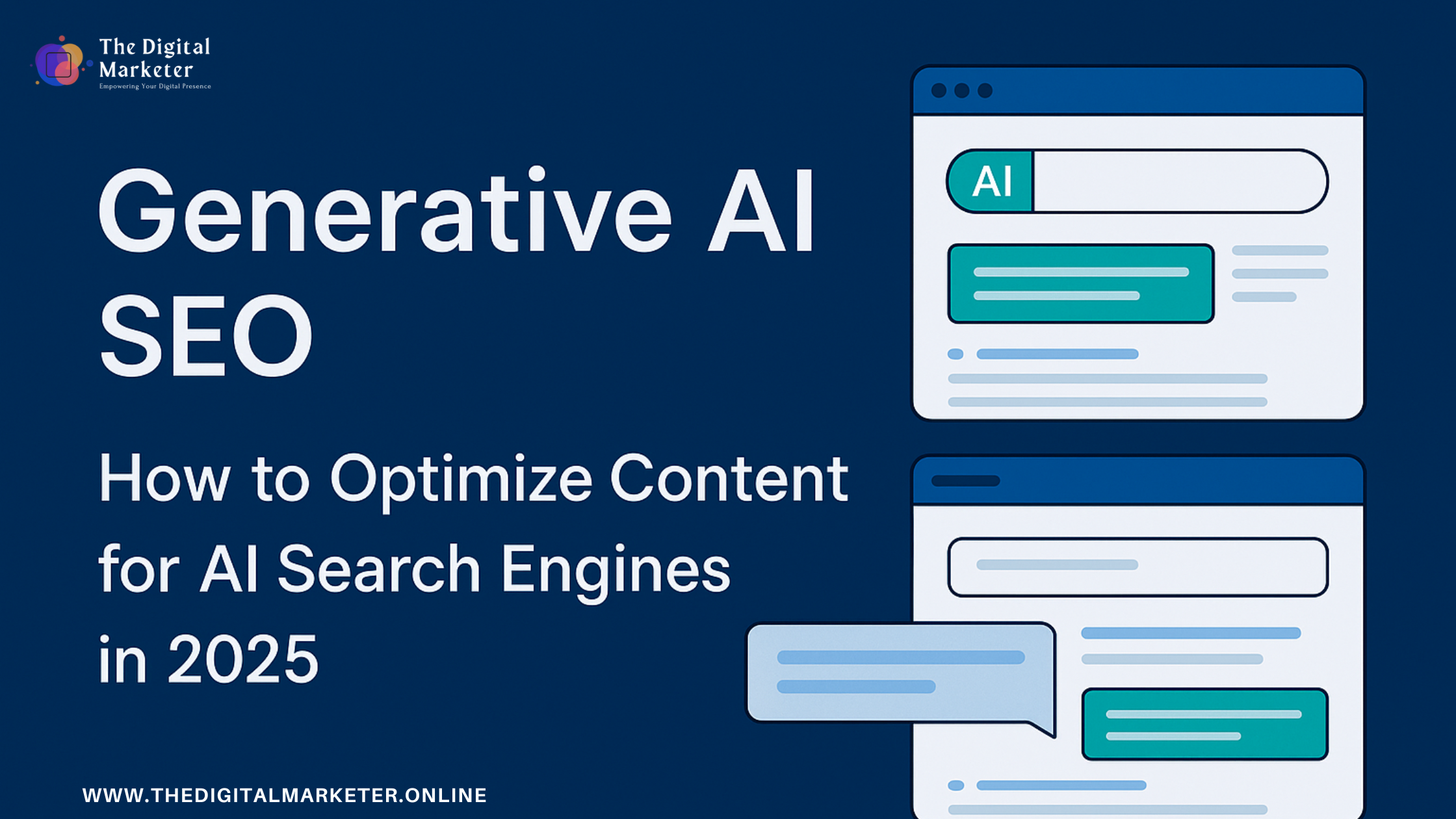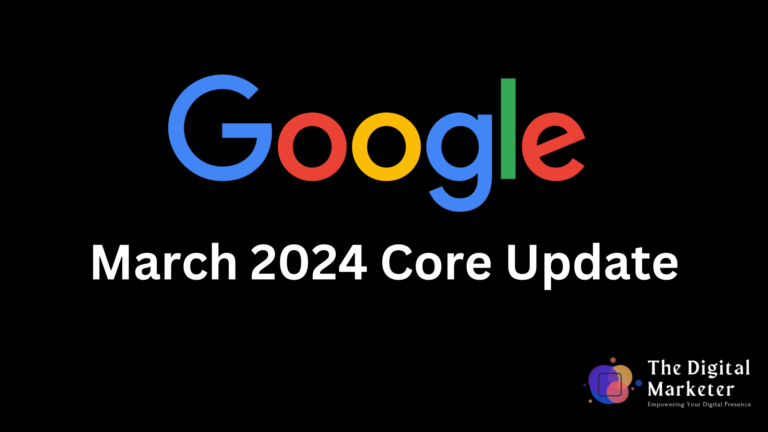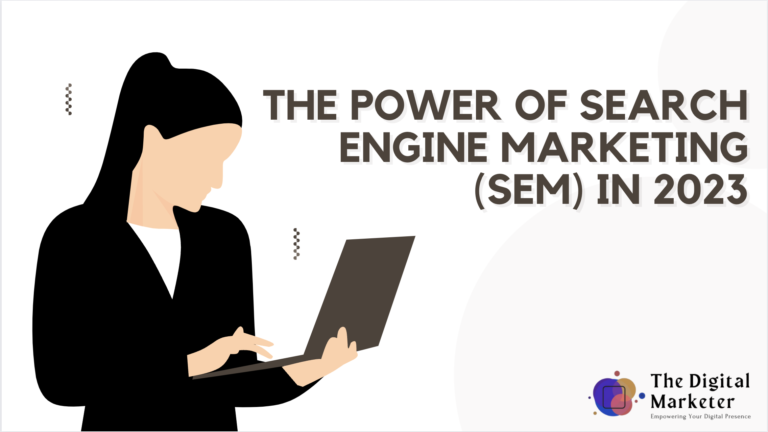SEO vs. SEM: Unraveling the Key Distinctions
Are you delving into the world of digital marketing and feeling a bit perplexed by the jargon, particularly the acronyms SEO and SEM? Fear not, as we’re here to illuminate the key differences between these two essential components of online visibility. By the end of this article, you’ll have a clearer understanding of what sets SEO and SEM apart, and how each can impact your online presence.
Understanding SEO and SEM
SEO (Search Engine Optimization): Imagine your website as a treasure trove of valuable information, waiting to be discovered by eager internet users. SEO is the map that guides these users to your digital riches. It involves optimizing your website’s content, structure, and other elements to rank higher on search engine results pages (SERPs) organically. In other words, when users type in relevant keywords, your website ideally appears at the top, driving organic and sustainable traffic.
SEM (Search Engine Marketing): Think of SEM as a dynamic spotlight that instantly puts your website on display. SEM involves paid strategies to ensure your website’s visibility on search engines. It includes activities like pay-per-click (PPC) advertising, where you bid on specific keywords to have your ad displayed prominently in search results. This method provides immediate visibility but comes at a cost.
Key Differences
- Nature of Traffic:
- SEO: The traffic generated through SEO is organic, meaning users find your website naturally, often driven by their specific queries.
- SEM: Traffic from SEM is paid, as you’re essentially paying to have your website displayed when certain keywords are searched.
- Cost:
- SEO: While SEO doesn’t require direct payments to search engines, it demands time, effort, and sometimes expenses for content creation, optimization, and technical improvements.
- SEM: SEM involves direct costs, as you pay for ads to appear. The expenses can add up quickly, especially for competitive keywords.
- Speed of Results:
- SEO: Achieving high rankings through SEO takes time and consistent effort. It’s a long-term strategy that gradually yields results.
- SEM: With SEM, you can see immediate results. Once your ad campaign is approved, your website can appear at the top of search results, driving instant traffic.
- Visibility Duration:
- SEO: Properly optimized content can maintain its ranking and visibility for a long time, even after you’ve stopped actively working on it.
- SEM: Visibility through SEM is directly tied to your ad campaign’s duration and budget. Once the campaign ends, your visibility diminishes.
Striking the Balance
In the world of digital marketing, the choice between SEO and SEM depends on your objectives, timeline, and budget. SEO offers sustainable, long-term growth, while SEM provides quick visibility and targeted traffic. Often, a balanced approach that leverages both strategies yields optimal results.
In conclusion, the distinction between SEO and SEM lies in the nature of traffic, cost, speed of results, and visibility duration. By comprehending these differences, you can make informed decisions to enhance your online presence and achieve your marketing goals effectively.




